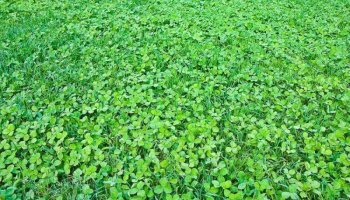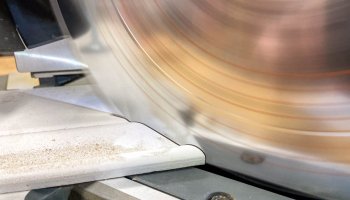
Water stains on wood are a common problem, but fortunately, most watermarks aren’t permanent. Save your furniture and learn how to remove water stains from wood with these effective methods and surprising natural remedies.
Understanding Water Stains on Wood
Blemishes and water stains on wood impact the beauty of your home and diminish the value of your furniture and floors. Learn more about the most common water stains and how they occur.
How Water Stains Occur
Water stains, as their name suggests, are caused by moisture. Whether it’s setting a glass of ice water on your favorite wood tabletop without a coaster or water leaking from a potted plant, moisture stains on wood happen all the time.
Water stains, also called water cup rings and watermarks, happen when moisture gets trapped under the wood finish. This usually occurs when a hot or cold object is placed directly on a wood surface without adequate protection from a coaster or trivet.
Types of Water Stains
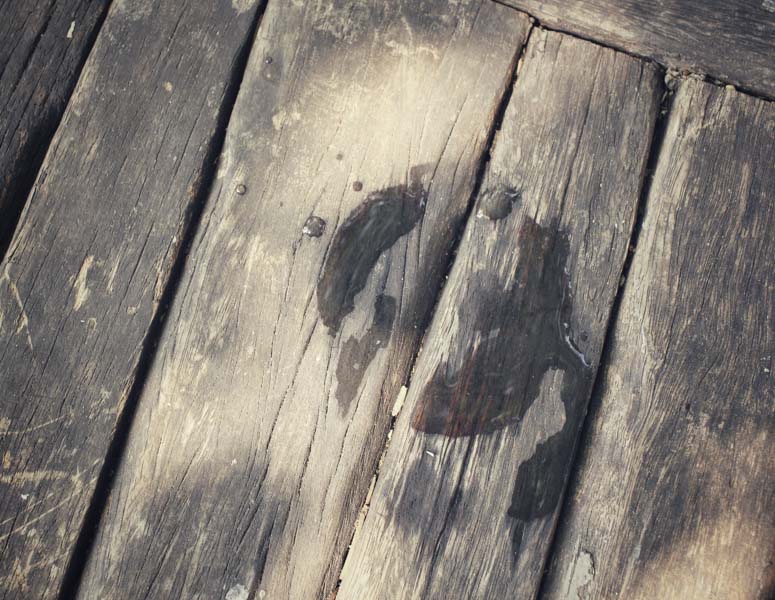
Before attempting to fix water stains on wood, identify which of the following two types you’re treating.
- White stains appear light and cloudy, indicating that moisture is trapped in the finish. Since it hasn’t reached the wood, this type of stain is much easier to treat.
- Dark stains signify deeper damage caused by prolonged exposure. The water has seeped past the finish and soaked into the wood below. Treatment for dark water marks on wood typically includes sanding or refinishing.
The Importance of Removing Water Stains
Your wood floors and furniture are cherished, and removing watermarks on wood as soon as you notice them has several benefits.
Preserving the Aesthetic and Value
Water stains on the wood surfaces in your home take away from their visual appeal. Instead of hiding old water stains under strategically placed decor, you can preserve the aesthetics and natural beauty of the wood by removing watermarks.
Preventing Further Damage
Promptly removing water stains helps prevent further damage. While removing white water stains is usually pretty easy, you could end up with a more significant problem if you don’t address the issue.
Extending the Lifespan of Wood
The life expectancy of wood depends on several factors. For the wood surfaces in your home, whether it’s floors, furniture, or trim, the lifespan of wood is often determined by aesthetics. Once the wood loses its visual appeal, it must be replaced. Thus, removing water stains extends the lifespan of wood.
Improved Health and Safety
Mold, mildew, and bacteria impact the air quality in your home and present health risks, especially for seniors, children, and people with asthma. These microorganisms can grow in very small amounts of moisture. Dark wood stains are often caused by mildew.
Eco-Friendly Approaches
Finding a treasured piece of furniture at the thrift store with a water stain is a great way to save money by recycling. Learning how to remove water stains from furniture creates opportunities to snag up great deals and bring them home for restoration.
Popular Methods for Removing Water Stains
When it comes to removing white water stains on wood surfaces, there are several techniques you can try. Since there are many types of finishes and every situation is different, it pays to experiment with different ones to find what works best.
Blotting and Drying Techniques
Many white water stains on wood can be removed with simple blotting and drying techniques that pull the moisture out of the finish.
Iron
To iron water spots out of wood, set the iron to low and start with a clean, dry surface. Place a towel over the stain and iron back and forth. Avoid melting the varnish by setting it too high or leaving the iron in one spot for too long. Continually check your progress and work until the stain is removed.
Hairdryer
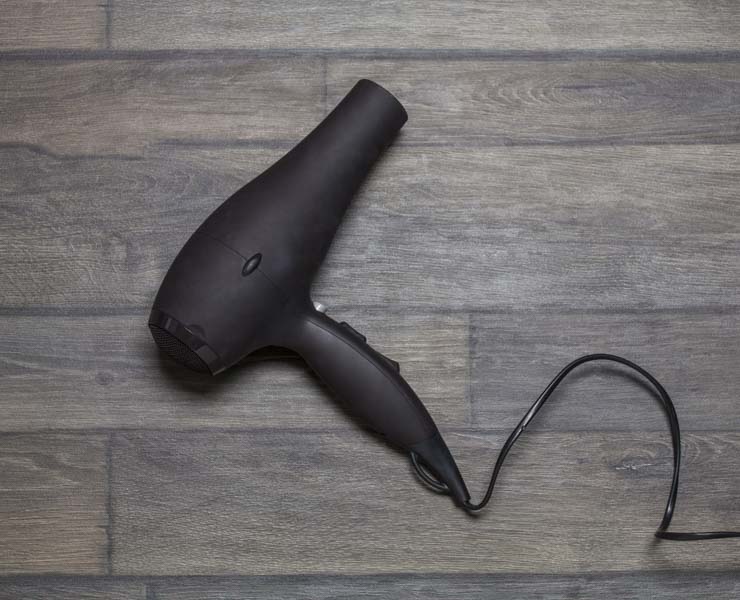
A hairdryer works in much the same way as an iron. Use the hairdryer on its lowest setting and hold it near the stain, moving it back and forth until it disappears.
Using Natural Remedies
There are a few common natural remedies for removing water stains on wood using items found in your pantry.
Petroleum Jelly, Mayonnaise, or Mineral Oil
Mayonnaise on water stains is a surprising remedy, but it works well. Blotching the water stain with mayonnaise, petroleum jelly, or mineral oil is a quick fix for most stains because the oil seeps into the wood, replacing the moisture that caused the staining.
Whichever product you decide to use, the method is the same. Dab a small amount of mayonnaise or petroleum jelly onto a cloth or napkin and rub it into the stain. Leave the cloth over the stain and allow it to sit overnight.
Vinegar and Olive Oil
Vinegar has many household uses, so seeing it as a remedy in a how-to guide isn’t so surprising. When it comes to water stains on wood, you can use a mixture of equal parts vinegar and olive oil.
The acid in the vinegar helps remove the water, while the oil polishes the wood. Apply the mixture to a rag and work it into the stain, wiping with the grain to work it into the wood.
Baking Soda or Toothpaste
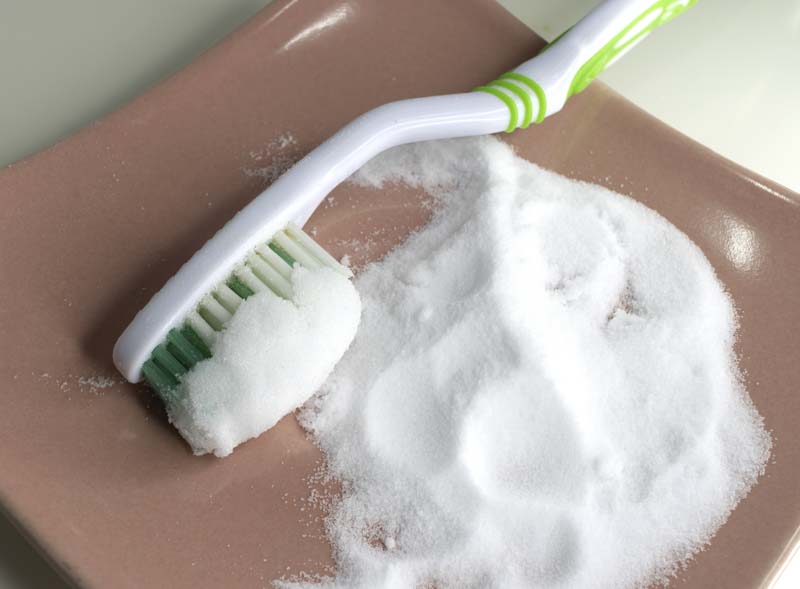
White toothpaste or a paste made of baking soda and water can be applied to remove water stains from wood. Apply the paste to the stain and gently rub it in for a few minutes. Buff the area with a clean microfiber cloth and repeat as necessary.
Commercial Stain Removers
If these methods don’t work to remove the stain, you still have options. Try commercial water stain removers before you resort to sanding and refinishing.
Several commercial stain removers are available. It’s a plant-based product that comes in various colors and is easy to apply. Always follow the manufacturer’s instructions and work in a well-ventilated area when using chemical solvents.
Sanding and Refinishing
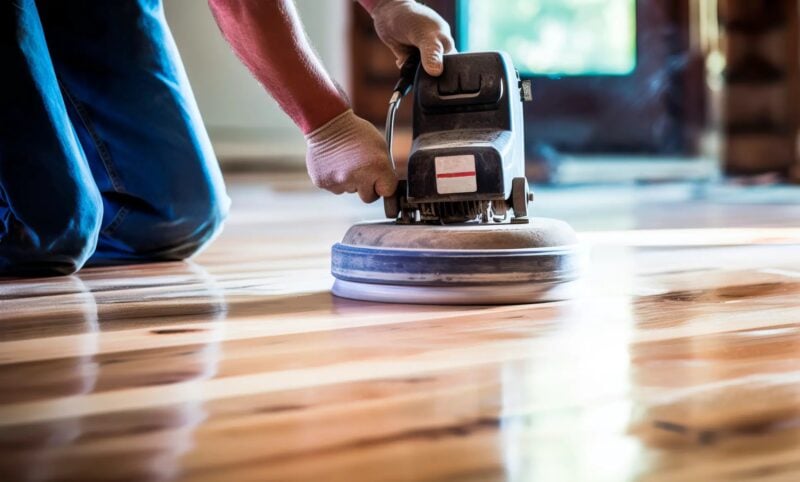
If all your water stain removal efforts fail, you can try DIY sanding and refinishing. While it’s a lot of work, the results are satisfying.
With furniture, it’s usually just the top that requires sanding and refinishing, but unless you can match the wood stain perfectly, you may need to refinish the entire piece.
Professional Restoration Services
Sometimes tough stains are more persistent, especially dark water stains on wood. You may not be able to get them out on your own.
Professional furniture restoration services use special tools and chemicals to remove water stains from wood. Don’t hesitate to call a professional if the tricks in this guide don’t work for you.
Avoid stains entirely. Explore our guide to waterproofing wood.
Tips for Removing Water Stains from Wood
Properly removing stains promptly is essential for maintaining the wood surfaces in your home. Learn how to get water stains out of wood with this step-by-step guide
Preparing for the Stain Removal Process
Always start by drying and cleaning the area for water stain removal from wood. Then, gather the tools and supplies you need for your chosen method.
Step-by-Step Stain Removal
Getting rid of water rings on wood is easy using one of the techniques described in this guide. However, you want to start with the least intrusive solution and work your way to more intensive methods.
- Start with the iron or hair dryer method to remove the trapped moisture.
- If that doesn’t work, use one of the natural remedies, such as mayonnaise, petroleum jelly, or vinegar and oil mix.
- Try commercial stain removers if your efforts still aren’t successful. Always test solvents on an inconspicuous area before using them on finished wood surfaces.
- Sanding and refinishing should be considered a last resort to remove water stains from wood. Consider professional furniture restoration before moving on to this step.
The more valuable your furniture is, the more careful you should be. Unless you have extensive experience, leave antique furniture restoration to professionals.
Preventative Measures
Taking care of the wood surfaces in your home will prevent problems like water stains on wood. Follow these tips to remove water spots from wood:
- Polish wood surfaces regularly
- Use coasters or placemats
- Wipe up spills immediately
- Use floor mats and rugs in high-traffic areas
- Control humidity levels inside your home
- Use trays under potted plants and keep them off wood surfaces
Aftercare and Maintenance
Your wood furniture and hardwood floors require maintenance to stay looking their best. Use furniture polish and other protective coatings regularly. Most wood surfaces in your home need to be treated every three to five years, depending on the type of finish.
Wood is susceptible to all sorts of damage, and protecting it from water damage also shields it from damage caused by UV rays, insects, and normal wear and tear.
Additional Considerations when Removing Water Stains from Wood
Here are some additional factors to consider when learning how to get watermarks out of wood.
Wood Type and Finish
There are many different types of wood and even more types of finishes. Lacquers, varnishes, and polyurethane finishes are the most common finish types on interior wood surfaces. It’s important to tailor your approach to removing water stains to preserve the wood’s natural beauty.
Age and Severity of the Stain
When choosing the correct removal method, it’s critical to consider the type of water stain on a wood table top or surface. Otherwise, you can end up doing more damage, which will increase repair costs.
If the water stains on the wood surfaces in your home are bad enough, it may be time to refinish them. Refinishing wood is a great way to restore your floors and furniture.
If you’re going to DIY, make sure you’re in the know on all things woodworking, including the difference between wood putty and wood filler.
DIY vs. Professional
White water stains on wood finishes are usually pretty easy to remove. If you have a dark stain or the techniques in this guide don’t work for you, consider DIY refinishing by sanding and restaining your furniture.
Refinishing wood is a lot of work. Hiring a professional is always an option whether it’s floors or furniture. Contact a furniture restoration expert or hardwood floor specialist in your area if you don’t want to do it yourself.
Thinking about trading your existing floor for a new one? Here’s how much hardwood flooring costs.
Frequently Asked Questions about How to Remove Water Stains from Wood
Can I use regular household products to remove water stains?
Regular household vinegar and baking soda are two of the most common products used to remove water stains from wood. Before going out and purchasing a special commercial stain remover, use a tried and true natural remedy.
How long does it take to remove water stains from wood?
Various water stain removal methods take different amounts of time, and the severity of the stain is another factor to consider. The mayonnaise or petroleum jelly trick usually works overnight. If you’re using a vinegar solution, it could work in as little as an hour.
What should I do if the stain is too deep to remove on my own?
If you’re not able to get rid of the water spots on your furniture on your own, don’t hesitate to take it to a local furniture refinisher.
Even if requires sanding and refinishing, if it’s a nice enough piece of furniture, it’s well worth the cost to have stains removed by a professional. Similarly, contact a wood floor specialist if you have stubborn stains on your hardwood floor.
Are there any preventive measures to avoid water stains on wood?
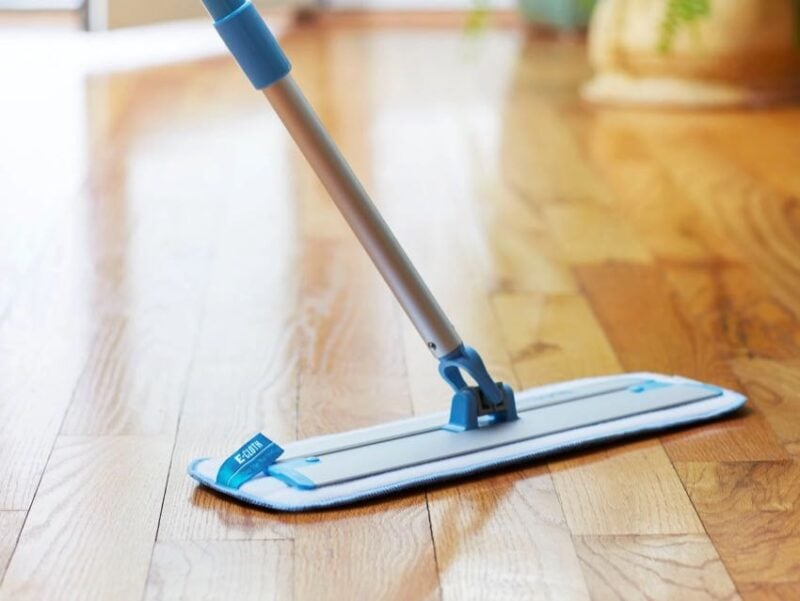
Even if you’re properly maintaining the wood surfaces in your home, you can still run into problems with watermarks if you’re not taking preventive measures. Wipe spills immediately, polish your wood surfaces regularly, and protect surfaces with coasters or floor mats.
How can I match the wood’s color and finish after stain removal?
There are many ways to match the color and finish of wood after you remove a water stain, but it’s not always easy, and it takes a lot of trial and error.
You can add pigments and dyes to different varnishes and polyurethanes or mix and match wood stains to find the right color. Take a color sample to your local hardware store and ask for their assistance if you can’t find a match.




